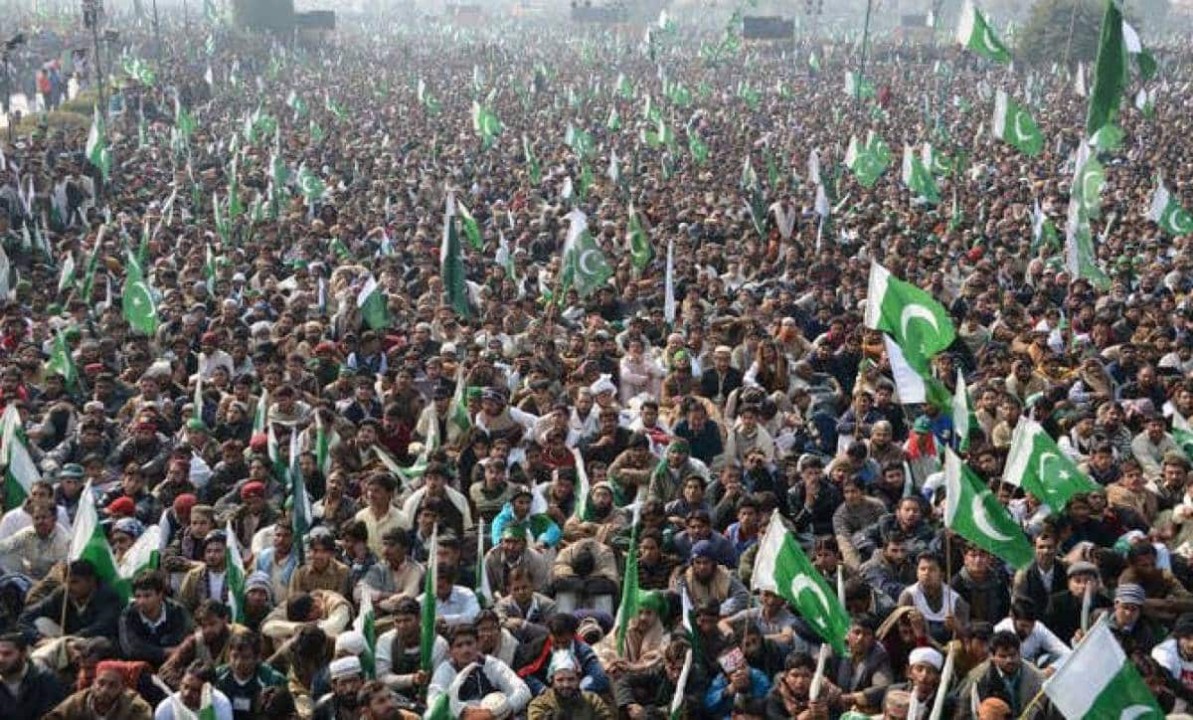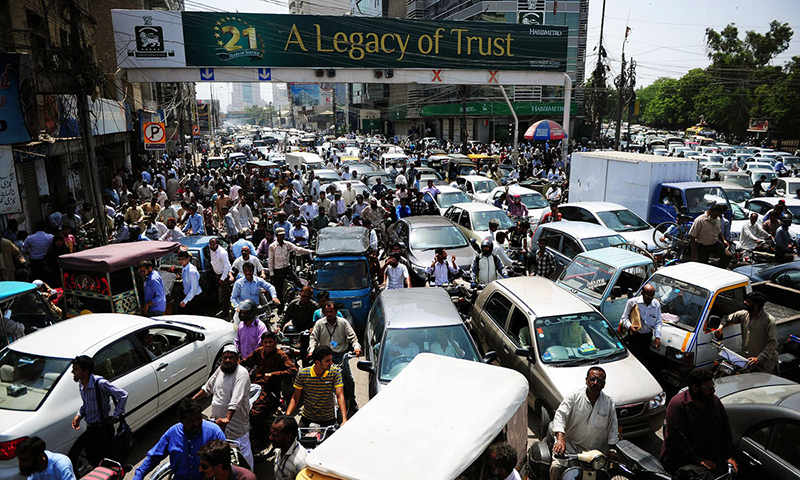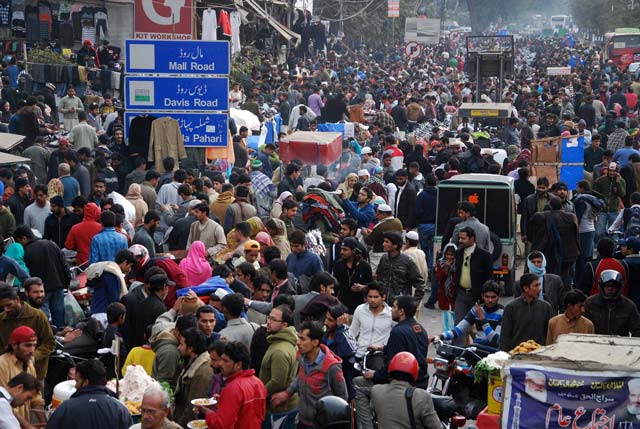Pakistan is the 5th most populated country in the world with 245 million people. Pakistan shares only 3.02% of the share with a global of 8.1 billion. The median age of Pakistan is 21.
Pakistan occupies an area of 881,640 km2, making its population density 318 people per km2 Pakistan’s populace. With a birth rate of 3.2%, its birth rate is higher than other countries.
What is Population, and is there an Ideal Count?

The population is simply people living in the country. Population increases or decreases depending on the births and deaths in a country. There is no ideal count for the population. Many political scientists have worked out different numbers, like Plato, who believed the number to be 5040.
There is no ideal count for population; countries primarily encourage their people to have more children, adding to their workforce. Countries also try to balance their population; how many people can they provide services to?
How is the Population Counted?

The population count is done through census, conducted at regular intervals. Independent actors, the UN, also conduct independent censuses through surveys with multiple NGOs and firms involved. The census is not restricted to citizens of the state only but to others, like Afghans living illegally in Pakistan.
Population count is conducted based on provinces, cities, and district levels. The government uses such information to develop its budget, assign finances, and develop new cities.
Also Read: Pakistan’s Population: A Brighter Future For All
What is the Difference Between Population and Populace?

The population is people living in a country, and the populace is people living in a particular area. With an area of 881,640 km2, Pakistan has a populace/density of 318 people /km2. Pakistan uses information to distribute goods and services among its people.
Many countries work with two houses, making law/legislature, the lower and the upper houses. The lower house/ national assembly represents the people in a country. The upper house/senate represents provinces based on the idea of density.
Punjab has a larger population than Baluchistan but a smaller area. Therefore, Punjab has more representation in the National Assembly than Baluchistan. However, both hold equal representation in the Upper House/senate.
How are Population, Birth Rate, and Jobs Connected?
Pakistan has few urban cities and developed cities such as Karachi and Lahore. Urban population only amounts to 34.9%. As the population increases, demand for services from the government increases.
The government must also provide job opportunities. Lack of government infrastructure, in many cases, leads to unemployment. Population increase beyond job opportunities leads to unemployment.
Failure in such has often increased crime rate and drug usage to escape depression. Pakistan already has a medium age of 21, which can result in absolute chaos.










